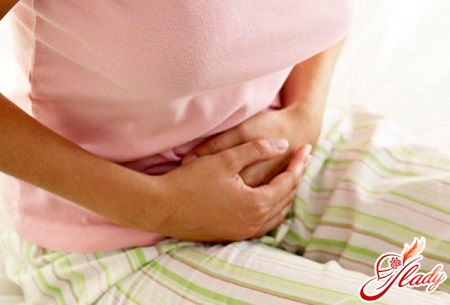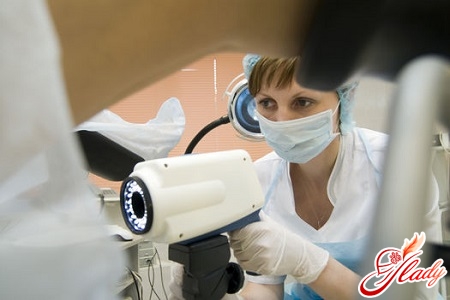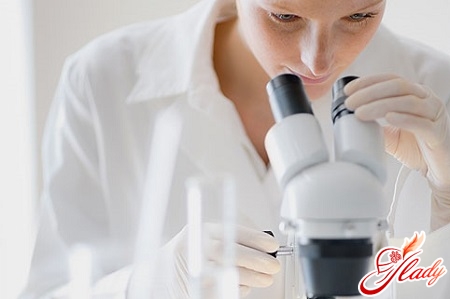
What is endometritis?What are the symptoms of endometritis? At what age can it appear? What factors can cause it, what methods of treating endometritis exist? These and many other questions related to this disease are of interest to many women. First of all, it should be said that endometritis and endometriosis are two completely different diseases. With timely and proper treatment of endometritis, the patient may be able to avoid complications associated with pregnancy and childbirth. Appropriate treatment of this disease leads to very good indicators and results. The uterine cavity of a woman is sterile, no infection can get into it, because the endometrium protects it well with several defense systems at the same time: an acidic environment and the mucous membrane of the cervix, which contains antibodies. With endometritis, an inflammatory process of the endometrium occurs, and this phenomenon can lead to serious complications and consequences. That is why women are strongly advised to undergo regular preventive examinations by a gynecologist. Thanks to such examinations, the doctor can timely identify possible diseases and begin their treatment. Quite often, women develop endometritis after childbirth, miscarriages and abortions, which is treated quite successfully. Endometritis is an inflammation of the uterine mucosa, which can be caused by viruses and pathogenic microorganisms such as streptococci, staphylococci, chlamydia, trichomonas and E. coli.

Causes of this disease
The endometrium of the uterus consists of 2 layers:basal and functional. The structure of the functional layer itself is very sensitive and delicate, its slightest damage can lead to the development of the endometrium. The damage itself does not entail any serious complications, but the viruses penetrating through the damage cause inflammation of the uterine endometrium. Endometritis can occur in the following cases:
- inaccurate syringing;
- sounding of the uterine cavity;
- scraping of the uterine cavity;
- examination of the fallopian tubes.
The causative agents of this disease can be:
- tuberculosis microbacteria;
- chlamydia;
- E. coli;
- Proteus;
- diphtheria bacillus;
- mycoplasma;
- streptococci;
- enterobacter;
- Klebsiella.

Symptoms of the disease
Symptoms of endometritis in the early stagesdoes not manifest itself too clearly and actively. Therefore, it is almost impossible for a woman to notice the disease at the initial stage of development and the associated changes in the body. As a result, women usually come to see a doctor with some delay. Endometritis of the uterus is distinguished as chronic and acute. The acute stage mainly occurs after mechanical damage. And the chronic stage is a consequence of infection with various sexually transmitted infections. Symptoms of acute endometritis:
- lack of appetite;
- headache;
- Painful and aching pain in the lower abdomen;
- temperature up to 39 ° С;
- pain in the lower back;
- uterine bleeding and discharge from the vagina, similar in appearance to clots of pus and blood with an unpleasant odor.
If suddenly a woman discovers that she hasthe listed signs, then in this case you need to immediately seek help from a doctor, because endometritis grows quite quickly and affects large areas. The more time passes before contacting a doctor, the more difficult it will be to treat this disease. Symptoms of chronic endometritis The appearance of chronic endometritis is in no way associated with gynecological diseases in women. Its pathogens most often include various sexually transmitted diseases. As a result, all the symptoms of endometritis will correspond to common infectious diseases. An accurate diagnosis can only be established on the basis of tests. Signs of chronic endometritis
With such signs, a woman needsseek help from a qualified specialist immediately. Often, chronic endometritis develops into a major problem associated with bearing a fetus and infertility in the future. But if it is detected in time and the entire course of treatment is completed, this can be avoided.
Treatment of endometritis
If the disease was detected in time,then the course of treatment can be carried out on an outpatient basis. But in case of endometritis of the uterus, outpatient treatment is necessarily carried out under constant supervision of the attending gynecologist. If endometritis treatment is carried out in a hospital setting, it means that this disease was detected late or has already been neglected. As a rule, endometritis treatment is carried out according to the following scheme:
- antibiotic therapy;
- antibacterial therapy;
- cleaning the uterine cavity;
- purification of blood from toxins.
Treatment of acute endometritis TimelyDiagnosis and timely treatment of acute endometritis promises a favorable recovery of the woman, and in the future, no problems with pregnancy will arise. If after childbirth there are remnants of the placenta in the uterus or after an abortion - remnants of the fetus, this can cause inflammation of the endometrium. In this case, it will be necessary to perform curettage of the uterine cavity. Treatment is carried out in the following ways:
- reception of vitamins and immunomodulators;
- intravenous administration of antibiotics;
- intramuscular injection of antibiotics.
Treatment of chronic endometritis From aboveFrom the above, it is clear that the symptoms of chronic endometritis are clearly different from the symptoms of acute endometritis. Accordingly, the treatment will be different for different types of endometritis. When chronic endometritis is detected, smears are taken from the woman to determine the susceptibility of infections to various antibiotics. Then, treatment is carried out according to a special scheme using antiviral agents. Treatment of chronic endometritis is considered effective if the drugs are injected into the uterine mucosa, because this method provides a good opportunity to concentrate a larger number of drugs in the inflammation site. Additionally, for chronic endometritis, treatment can be carried out using oral hormonal tablets. In this case, such therapy is most often prescribed to women who are planning pregnancy and childbirth in the future. It is also possible to separate adhesions, which is carried out using surgical intervention. Treatment of purulent endometritis Most often, purulent endometritis is treated by removing pus and mechanically cleaning dead tissue from the uterine cavity. Cleaning of the uterus is necessarily carried out under general anesthesia, and then hormonal therapy is prescribed. At the end of such treatment, physiotherapy is prescribed, thanks to which there is an increased outflow of pus and mucus from the uterine cavity.
Treatment with folk remedies
Increasingly popular in the fight against variousdiseases is gaining traditional medicine. There are folk remedies that help to cure endometritis. But it is worth noting that this disease is very serious. In order to avoid possible complications, diagnosis, treatment and observation by a qualified gynecologist are required. For endometritis, take the following herbs in equal parts: marshmallow root, immortelle, lavender, sweet clover leaves, leuzea, wormwood, blueberry leaves, nettle leaves and pine buds. All herbs must be thoroughly mixed and chopped. Then pour 2 tablespoons of herbs into a thermos and pour 3 cups of boiling water over it all. This infusion is kept for 12 hours, then it should be filtered. Take the finished infusion 1/3 cup 3 times a day. The course of treatment is 2 months. Laurel has proven itself well in the treatment of endometritis. In this case, a bucket of hot water and 20 g of laurel are required for treatment. Laurel is poured with boiling water, infused for 30 minutes, then the infusion is diluted with hot (tolerable for the body) water. Treatment is carried out using sitz baths. When treating with folk remedies, if it has become significantly easier and the characteristic symptoms have disappeared, women are advised to consult a doctor in any case. Only a doctor can assess the effectiveness of treatment based on the necessary tests. Since there is a risk that the symptoms are removed, but the disease itself does not disappear. This situation can lead to serious health consequences for a woman, including infertility.









